Picasso Doesn't Have a World Series Ring
A look at The Diamond King, a new documentary on legendary baseball artist Dick Perez
There is a scene in The Diamond King when artist Dick Perez shows us his World Series ring, given to him as a member of the Philadelphia Phillies organization following their championship season of 2008. Grinning slyly, Perez states, “Picasso doesn’t have a World Series ring. Matisse doesn’t have a World Series Ring. I have a World Series ring.”
The moment reminded me of another instance in pop culture when a classical artist is compared to the world of sports. In the 1965 Holiday classic “A Charlie Brown Christmas” Lucy responds to the piano-playing Schroeder’s mention of Beethoven with the question, “Beethoven wasn’t so great. How can you say someone is great who’s never had his picture on bubble gum cards?”1
Well, if that’s the criteria for greatness, then Dick Perez most certainly fits that title. Not only did he get his picture on bubble gum cards, but he also created pictures for hundreds of bubble gum2 cards still beloved by collectors and baseball fans to this day. And there may be no greater representation of that love than The Diamond King, a new documentary from Director Marq Evans.
The documentary goes beyond just a look at the iconic Diamond King cards, and even beyond simply the artistic talents of Perez, to combine themes of immigration, baseball history, and love of baseball into the unique story of Perez’s life. Narrated by actor John Ortiz, from a script by sportswriter Joe Posnanski, the film is a must-see for anyone who loves baseball, art, or the beautiful results when the two are combined by a master artist. The film will launch on several streaming platforms on Friday, April 25th, and in advance of the release, I was fortunate to interview both director Marq Evans and Dick Perez to get their thoughts on the film and Perez’s artwork.
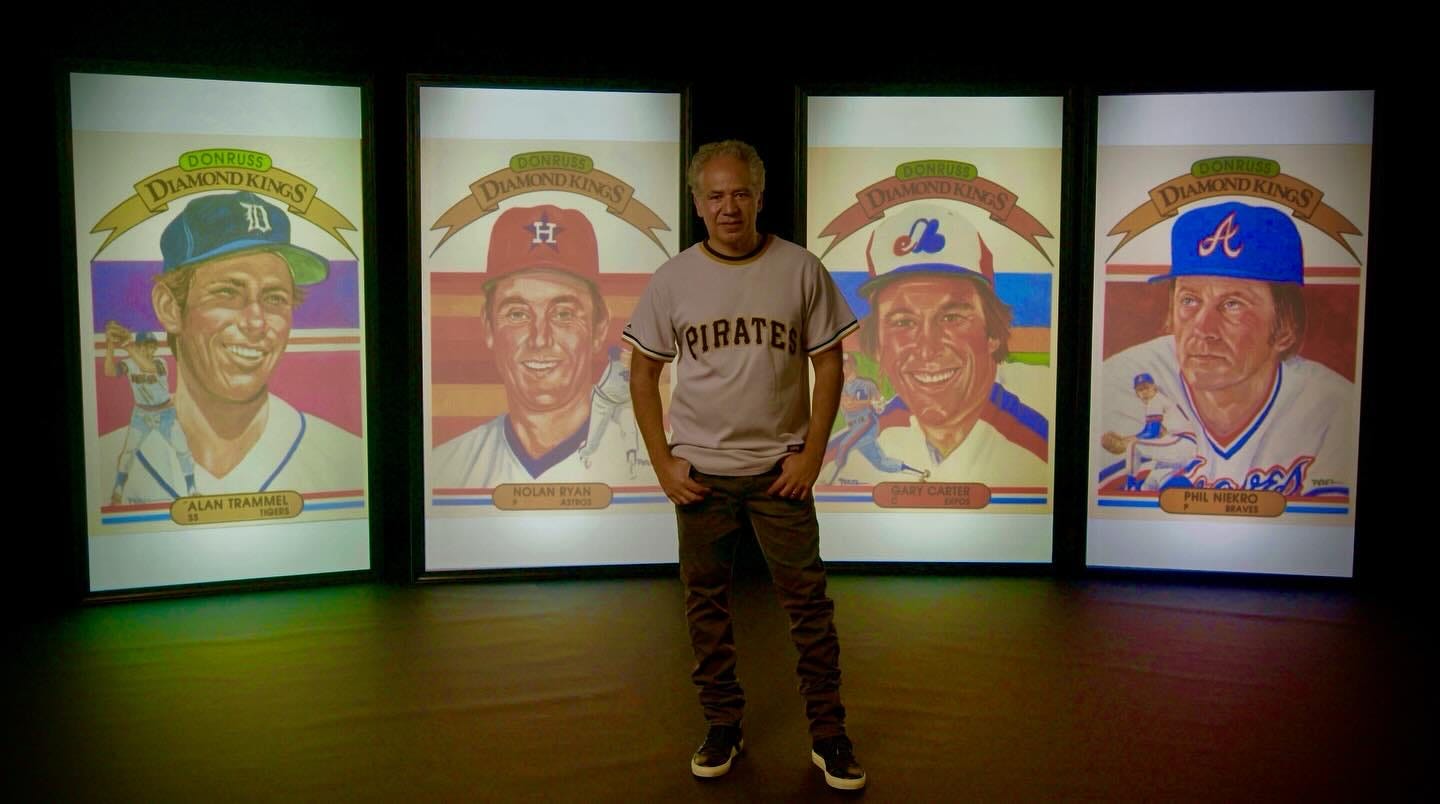
BofG: Why make this movie? Why now?
Marq Evans:
The idea for this project came in June of 2022. My son, Jude, had recently fell in love with baseball and of course with that became collecting cards. We pulled out my old collection and as we were going through them we stumbled upon the Diamond Kings. The cards immediately transported me back to my youth and filled me with good feelings all around. As a kid I didn’t really put a ton of stock into who the artist of these cards I loved was. But as an adult, the first thought that crossed my mind was, “What’s the story with Dick Perez?” That same day I found his wonderful website and started doing a little research. If it turned out that all Dick had done as the Diamond Kings, I would have been impressed by that 15-year-run of cards that meant so much to so many, but I doubt I would have been so inspired to pursue a documentary on the subject. What I learned from Dick’s website that day was that he had painted literally thousands of baseball paintings, from the 1800s until today. And that he had been the official artist of the National Baseball Hall of Fame for 20 years. And that he had a personal story worth telling of someone that battled adversity as a child and reached the top of their profession. So all that together really got me excited and I could envision a full length documentary. I reached out to Dick via email and when we connected on the phone we hit it off pretty quickly. We kept it really casual at first - I was going to be in New York for another film project in a month or so, and I’d stick around a couple days and we’d shoot some interviews and see how it went. We both thought it went really well and so we kept going. The film and relationship kept evolving over two years and I know we’re both really proud of it.
“What’s the story with Dick Perez?” - Director Marq Evans, with the question that led to the creation of the documentary
BofG: Can you briefly describe the relationship in the early 80s between Perez-Steele Galleries and the Baseball Hall of Fame?
Dick Perez:
I met Frank Steele through my client, the Philadelphia Eagles, in 1976. He was a Wall Street marketing wizard, and an ardent collector of baseball relics and memorabilia. He was a friend of Ed Stack who was president of the Baseball Hall of Fame. At the time there were no consistent color images of the Hall of Fame members for collectors. I proposed a set of art cards that would feature every Hall of Famer painted in full color, and in the same style and manner. The idea hit me on a day I was at Frank's home and happened to be admiring the first vintage baseball card that Frank had ever purchased, an Allen & Ginter Tobacco Co. rendition that he had picked up at a Pennsylvania flea market."Why don't they make baseball cards like that anymore?" I asked."Nobody paints like that anymore," Frank replied."I can paint like that," I said."You paint like that," he told me, "and we'll sell them from door to door if we have to."

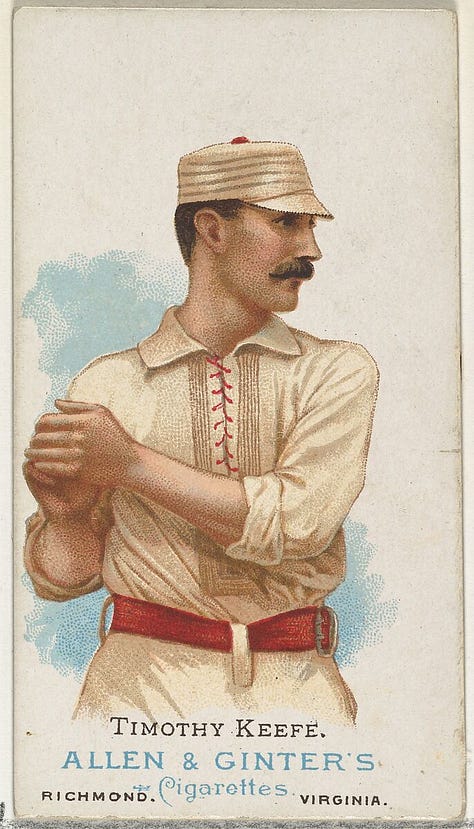
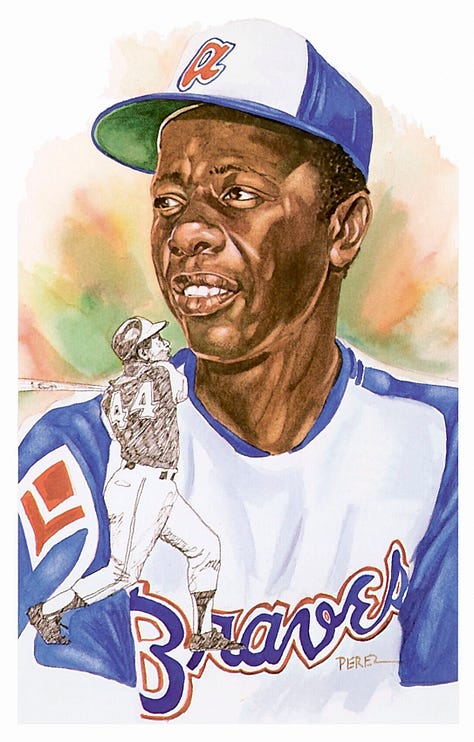
Frank got in touch with the Hall of Fame, and Perez-Steele Galleries was born. The cards created a sensation in the baseball memorabilia collector world; we produced other products with the Baseball Hall of Fame and maintained a close relationship with the institution. For over twenty years I was considered the official artist of the Baseball Hall of Fame, which was an important component to my curriculum vitae. And, I must add, Frank Steele was a gateway to my career in sports art.
Marq Evans:
When Donruss entered the baseball card business in 1981, they needed some help and eventually turned to Frank and Dick, which resulted in the creation of the Diamond Kings. Frank had negotiated a deal between Donruss and The Hall of Fame in which Donruss was the official card company of the Hall. That came with significant royalties when the baseball card explosion happened, and helped the Hall financially in a big way that included their building expansion. All that success led to Dick becoming the official artist of the Hall for two decades which was not only great for the Hall in that they had Dick’s talents for all of their official work, but even more so for Dick who was then established as an all-time great.
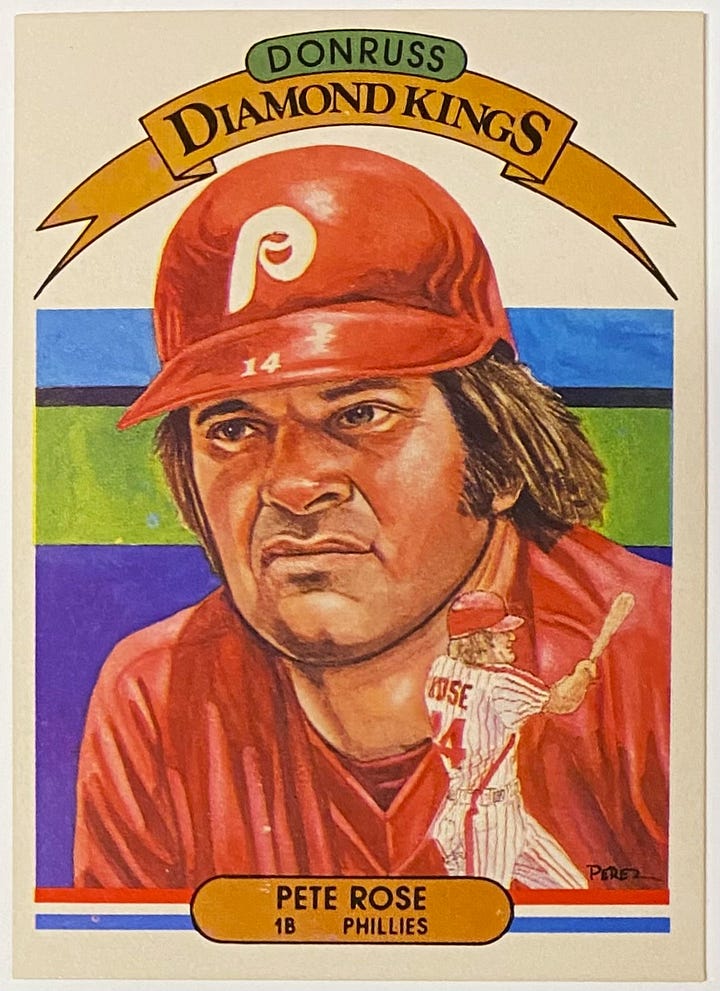
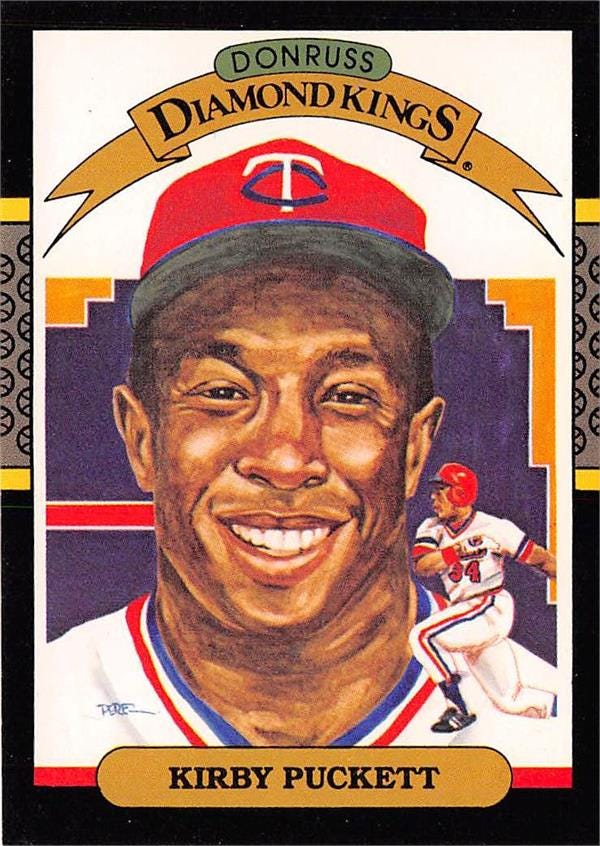
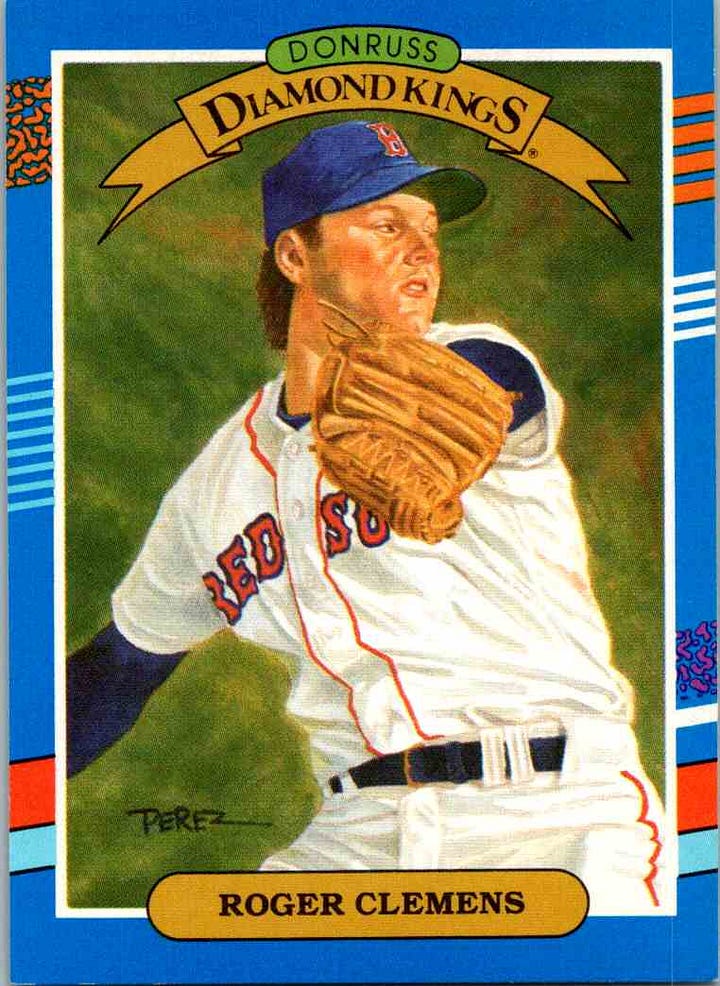
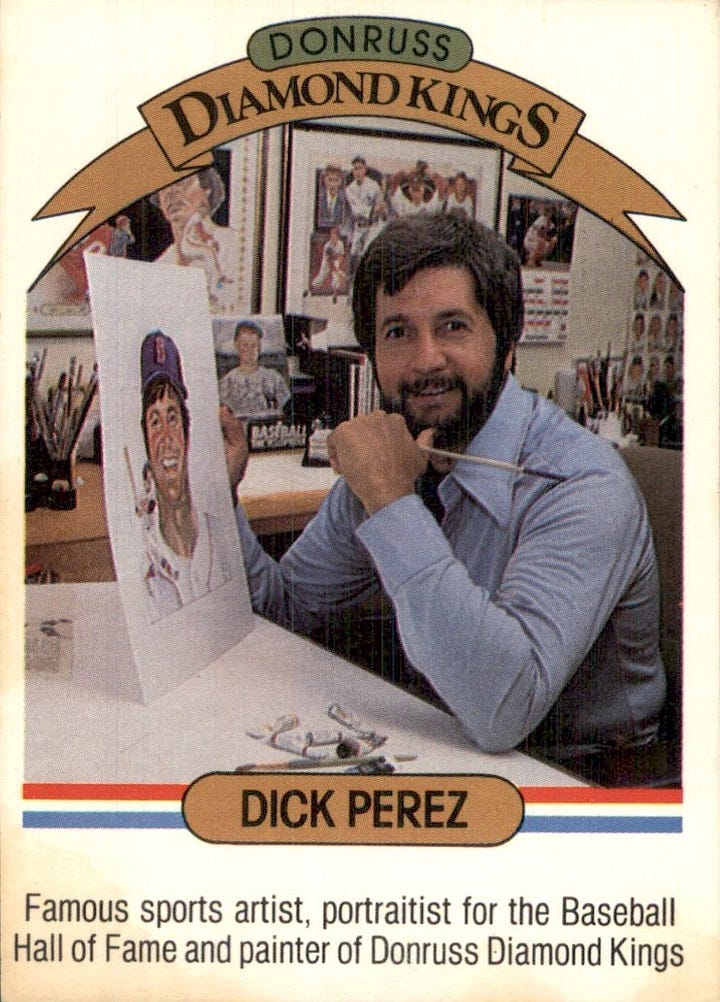
BofG: Is it too much of a stretch to say that, given the breadth of his work, whoever wants to know baseball had better learn Dick Perez?
Marq Evans:
If someone really wants to know baseball they’ll get a full history of it through his body of work. From the way the stadiums and uniforms changed to the players on the ball field and people in the crowd, you can see how the game evolved through his work, because he’s painted it all. And you couldn’t ask for a more beautiful way to see the game. To paraphrase a quote from the film, from the great John Thorn, when baseball art is done well it can be even better than the game.
BofG: Speaking of quotes, there are so many great quotes, from so many great people, about Dick’s artwork in the film. Dick, is there any specific one you’re most proud of or you think describes you best?
Dick Perez:
They all make me proud, though anything John Thorn [Official Historian of Major League Baseball - ed.] says about me really has an effect on me.
BofG: Dick, several times in the film we see your bookshelf, which is filled with books about various artists. Which artists have been your biggest influences and how have they informed your sports art?
John Singer Sargent, Joaquin Sorolla y Bastida, Anders Zorn, Diego Velazquez and contemporary artist Lucien Freud, to name a few. Sargent, Sorolla and Zorn were artists who thrived in the early part of the 20th century, and Velazquez was the great Spanish court painter of the 1600s. My favorite is Sargent. His magical brushwork is what I hope to emulate when I begin many of my paintings. His strokes are expressive and suggestive not painstakingly literal. It takes years to develop the flair and confidence to paint in this manner. It is an Impressionist point of view though Sargent is not considered a true Impressionist. His style conveys that an artist’s hand and creative thinking, not a camera, is responsible for the image.
BofG: Dick, you mentioned that the bulk of your fan mail now is “kids who grew up in the Diamond King years and had no way to express themselves then.” How does it feel to know that your work has come full circle, that you’ve gone from painting YOUR baseball heroes to being a baseball (art) hero to so many?
Dick Perez:
I believe that what I get from the many compliments is not that what I’m doing is heroic, but that I am fulfilling my passion. Actually, passion is a necessity for the process of painting. I must have had the passion before making art became my life's work. I do not believe that a person is born with the specific desire, talent and innate ability to paint, to write, to sculpt, or to do anything connected with the arts. What we enter the world with is a propensity for self-expression and to "make" things according to the personal viewpoints formed by the social circumstances and the culture we are born to. Most kids draw, play with clay, sing and make up stories at an early age. Some have more passion to indulge in these "artistic" intents, others go on to more pragmatic pursuits. Those who want to fill the need to proclaim how they see, how they feel about what they see, and what they believe go on to cultivate and fine-tune the skills to communicate thoughts through the visual arts, literature, music and other creative objectives.And what maintains the passion is the on-going, continuous course to further develop, cultivate, and refine the ability to create--not to mention the affirmation from fans and collectors through feedback and praise.
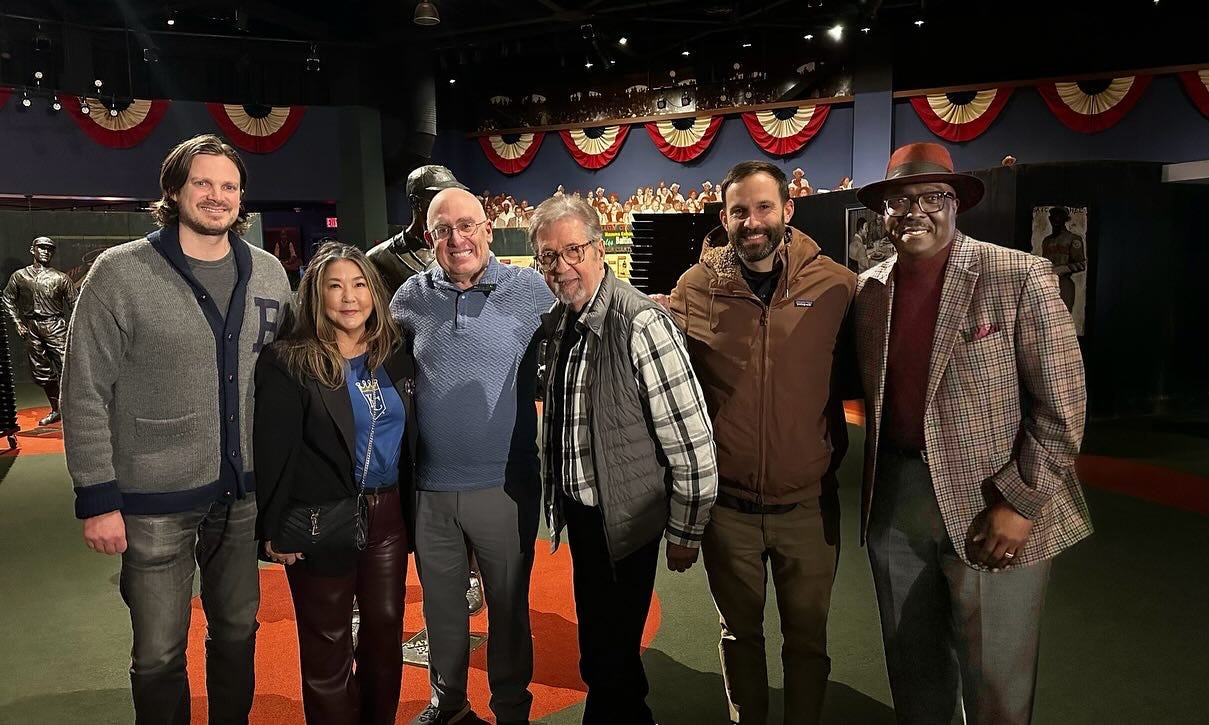
BofG: What was the most difficult part of putting the film together? What was the easiest?
Marq Evans:
The most difficult part of any documentary is how you put the story together. You may end up with 60 or 70 hours of material that you need to distill down to about 90 minutes and structure in a way that is emotionally satisfying to the viewer. In scripted filmmaking, the script comes first. But in a documentary, you write the film in the editing room and there’s a lot of trial and error. Inevitably, you’re forced to cut a lot of stuff that you really love, but just doesn’t make sense for the film, which is the most important thing. The easiest part of the process was working with Dick. He was up for absolutely everything and at times I made some pretty significant asks, especially in terms of creating several new paintings specifically for the film. But he was so great to work with, a great collaborator and quickly became a great friend.
BofG: What do you want viewers to take away from this film?
Marq Evans:
I’m just excited for a larger audience to get to know the inspiring story of Dick Perez, the person and painter. There are deeper themes in the film I hope people pick up on and connect with, but at the end of the day that’s for the audience. Once the film is out, it’s for them. But I’m so glad Dick and I were able to do this together and that he’s around to feel the love and adoration from his fans. He deserves it so much.
Dick Perez:
That baseball is not just an entertaining activity, but can be an inspiration to many. That baseball is emotional and a special visual experience, offering color, action and a certain type of ballet.
I cannot thank Marq Evans and Dick Perez enough for their time and their willingness to speak with me about the film. I encourage everyone to check out The Diamond King at their earliest opportunity. It’s a great piece of filmmaking and even the most knowledgeable baseball fan or baseball card collector is sure to discover something they didn’t know.
Technically, the cards created by Perez weren’t bubble gum cards. When the 1980 lawsuit that ended baseball card maker Topps’ monopoly was later overturned, competing baseball card companies had to sell their cards with something other than gum. This opened the door for competitors Fleer to issue stickers and Donruss to issue the Dick Perez painted Diamond Kings.


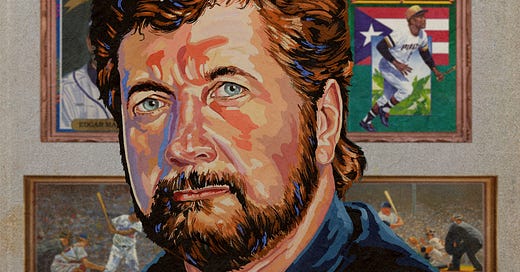




What an excellent interview!
Thanks for sharing and featuring Dick Perez. Who doesn't love the Diamond Kings and the Perez-Steele cards and a lifetime of beautiful artwork celebrating the game of baseball! I really look forward to the doc. Thanks for bringing it to my attention.